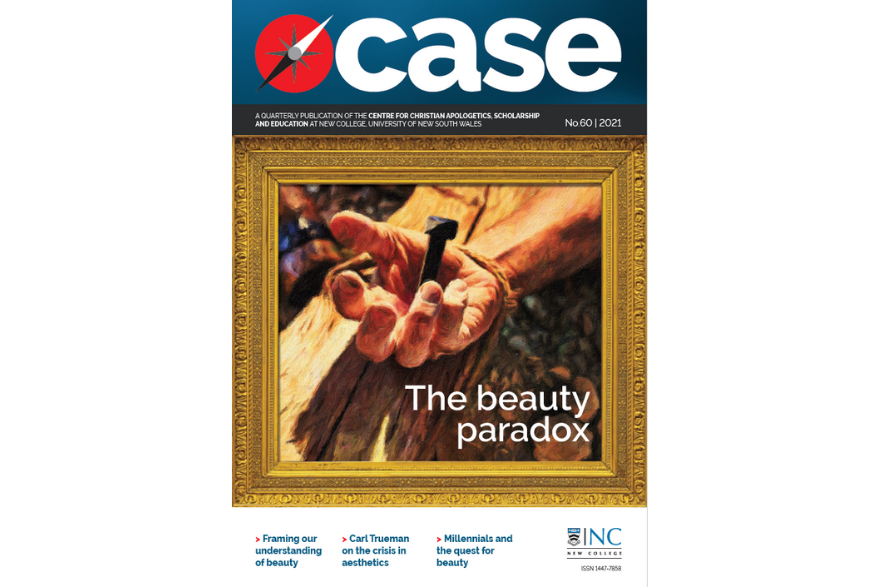The Beauty Paradox: Introduction

Oscar Wilde’s The Picture of Dorian Gray tells the story of a beautiful young man who chooses a life of debauchery. Each new sin and cruelty mars his beauty, but it is Dorian’s portrait hidden away in the attic, and not he himself, that bears these ugly marks as his way of life sinks to ever new lows.
The conceit at the centre of the plot relies on the characters and audience accepting the presumption that physical and moral beauty align—and they do accept it. It would be inconsistent, paradoxical even, for someone as lovely as Dorian to be cruel or immoral. Such evil must have aesthetic consequences—and so it does.
Of course, we are not really that naïve. We know that there is no actual paradox here—that beauty and virtue have no necessary connection—and yet it feels like there is. Dorian’s lovely appearance should correspond to loveliness of character. We frequently make decisions based on beauty’s ‘halo effect’, and although our intuitions about beauty reflecting goodness are constantly undermined, they persist.
Throughout history Christians have wrestled with how to think about beauty, and different traditions have developed different attitudes. For some, beauty is an integral part of theological discourse. Yet for others, beauty may be considered irrelevant, or even viewed with suspicion and fear. This edition of Case Quarterly arose in response to an email from a reader in such a context:
I feel dissatisfied with the lack of a robust theology of beauty based on the whole Bible. Whenever we have looked at the topic of beauty, we read Old Testament verses celebrating physical beauty (nature, cities and people), a New Testament verse saying women's beauty depends on inner character, and conclude that therefore physical beauty is of no account. … Because we don't know what to do with beauty, we're not allowed to mourn the ugliness (both spiritual and physical) that comes with living in a fallen world, or look forward to the restoration of beauty. We also feel a vague unease that it is somehow sinful to enjoy artistic and architectural beauty, particularly in religious settings.
The neglect and fear of beauty by Christians leaves people ill-equipped for dealing with the unavoidable aesthetic decisions we all face, and without a basis on which to respond to the beauty we encounter. This edition seeks to begin a conversation about beauty in response to this uncertainty and includes contributions from Carl Trueman, Angie Andrews, Remy Chadwick, Tina Boesch, Alison Woof and myself, among others.
We have taken a somewhat selective approach to beauty. Though both personal beauty and art are part of the broader discussion, this edition focuses on neither. In the first case, there is already a huge contemporary literature on (particularly feminine) beauty from secular and Christian perspectives; in the second, while much of what is said about beauty here applies to art, not all art is beautiful, and our primary concern here is beauty.
The fracturing of beauty seen in Dorian Gray is also found at the heart of the unfolding cosmic drama revealed in the Bible. In what was at once the most grotesque act of human history and the most beautiful act of divine love, the sovereign Lord of the universe left his throne to become human, and to be crucified by us and for us.
Here again, a beauty paradox gives us cause us to rethink our intuitions. Dorian Gray showed us the fallen untrustworthiness of beauty, leaving us wary of the ugliness it can conceal. The cross leads us in the opposite direction: in the extreme ugliness of the crucifixion of Jesus is revealed the incomparably beautiful grace of God.
We invite you to take the time to consider the paradox of beauty.
Leave a comment
Comments will be approved before showing up.



